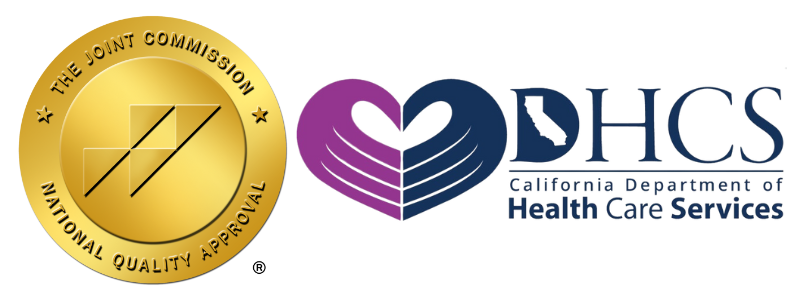The True Cost of Addiction: Understanding the Impact on Society and the Workplace

Addiction is a complex condition characterized by compulsive engagement in rewarding stimuli despite adverse consequences. It encompasses various forms, predominantly substance abuse including alcohol, prescription drugs, and illicit drugs. The World Health Organization (WHO) defines substance use disorders as the harmful or hazardous use of psychoactive substances, leading to a range of health issues and social problems. The prevalence of addiction is not confined to a specific demographic; it crosses racial, cultural, and socioeconomic boundaries, impacting individuals of all ages and backgrounds.
Statistics reveal the alarming scale of the addiction crisis. According to the National Institute on Drug Abuse, approximately 20.3 million adults in the United States struggled with substance use disorders in 2018, demonstrating that addiction is a significant public health issue. Furthermore, societal norms and environmental factors, such as availability of substances, peer pressure, and socioeconomic stressors, contribute to the rising rates of addiction. Communities with lower socioeconomic status often experience higher incidences of addiction, exacerbated by limited access to healthcare resources and support systems.
Stigma plays a pivotal role in the perpetuation of addiction. Many individuals grappling with dependency often face judgment, leading to feelings of isolation and reluctance to seek help. This stigma, deeply ingrained in societal attitudes, creates barriers to treatment and recovery. Research indicates that up to 40% of individuals with a substance use disorder do not seek help due to fear of social repercussions. As communities grow more aware of the multifaceted nature of addiction, there is an increasing need for compassionate approaches that recognize addiction as a health issue rather than a moral failing. Thus, comprehending addiction and its societal implications is crucial in addressing this pervasive challenge effectively.

